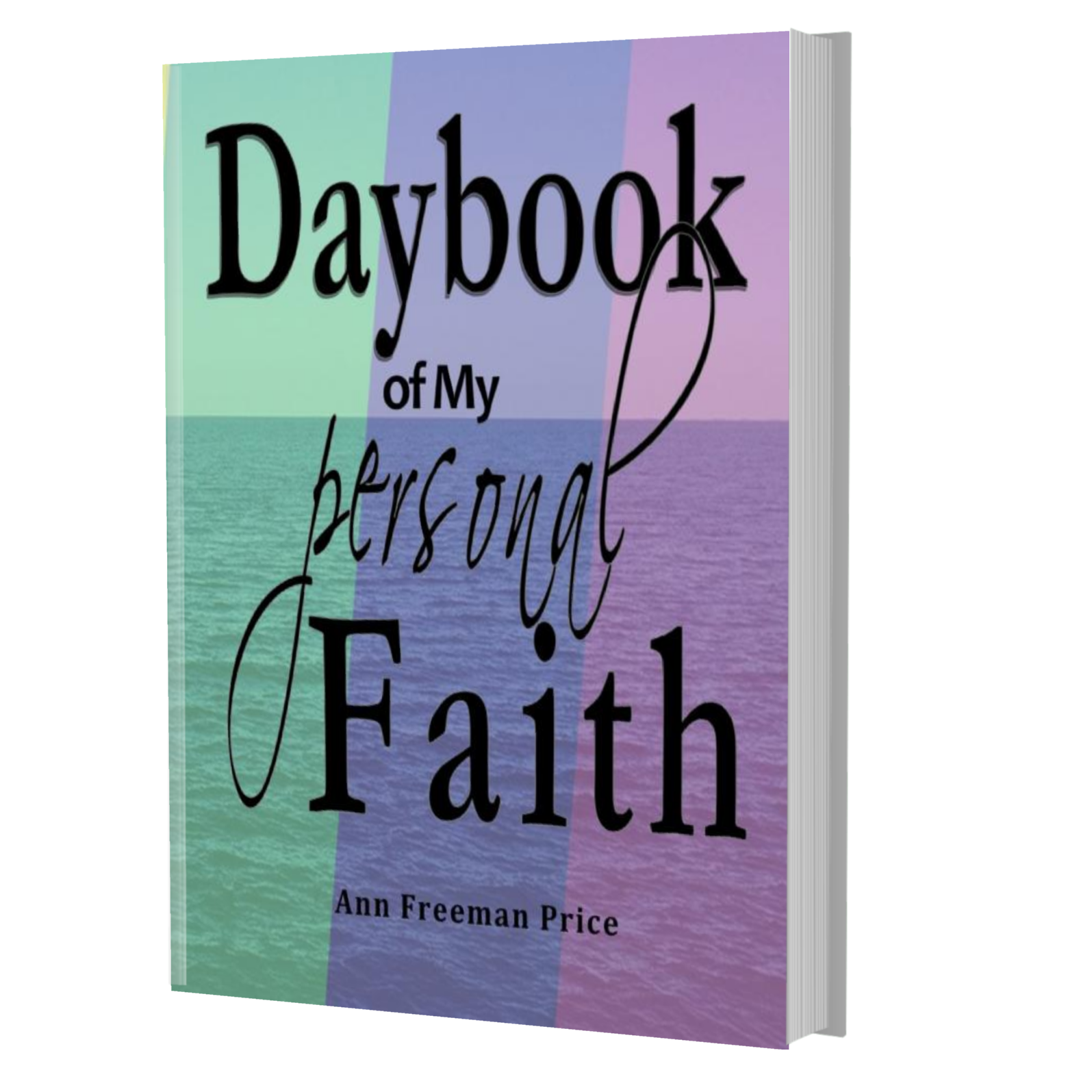Poet, Author, Composer....
Kazoos at the Symphony
178. Kazoos at the Symphony
Every year the Nashville Symphony Orchestra gave a concert especially for children. In 1964 we went—three children and I, along with hundreds of others.
At the end of the concert, just before the last piece, the conductor turned and faced the audience. He said, “The last piece we are going to play is by a man named John Philip Sousa and it is called Stars and Stripes Forever. I am inviting each one of you children to play with the orchestra.”
There was a stirring throughout the auditorium. He continued to speak: “Now, playing with a symphony orchestra requires practice and that is what we are going to do first. The ushers are going to pass out kazoos to each child, and when you get your kazoo I want you to try it out. You hum into it to make the sound and when you all hum, it will make quite a racket, but that’s how an orchestra sounds when it is tuning up before a concert. We’ll do that now and when I step on the podium and turn to you and raise my baton like this, then I want you each to hold your kazoo in your lap and not play it.”
The ushers started to pass out the kazoos and as soon as children got them, there began to be a pandemonium of kazoo sounds, all different pitches, sounds of children saying, “I can’t make mine work” and mothers demonstrating how. The more kazoos the ushers passed out, the louder the sounds became until that moment when the conductor stepped up on the podium again and raised his baton.
The sound subsided and he spoke again, “Now this is how a symphony orchestra works. I am the conductor. You are the orchestra. When I raise my baton, you hold your instrument ready to play it. When I turn my back on you and face the other orchestra, then you put your kazoo in your lap and you listen.”
He continued, “Now we’ll try that because I want you to hear the melody you need to learn. Remember when I turn my back on you, your kazoo goes in your lap. When I turn and raise my baton, facing you, your kazoo goes in your mouth ready to play. Watch and listen carefully.”
He turned his back and you could hear the soft sounds of kazoos landing in small laps. The orchestra started the familiar refrain of Stars and Stripes Forever. When they finished, the conductor turned facing the audience, holding his baton aloft as children’s hands put their kazoos in their mouths. He said, “Now I want you to play that same melody with this orchestra—both orchestras will play together.” The baton went down, and the combined orchestras began to play, at first with kazoo notes sounding off-key but gradually matching the sounds of the Sousa march. The baton went down as the melody ended. He said, “Let’s have one more practice and then we will play the piece from beginning to end.” The second time was better.
He spoke again. “That was much better. I think you’re ready now to be a real part of the symphony. Your section comes near the end of this piece. The orchestra and I will start it out and you will keep your kazoos in your lap. When it is almost time for you to play I will turn and you can get your kazoos ready and when the baton comes down you will play your melody.”
He turned his back. Kazoos in laps. The Sousa piece began. The children listened, alert, many sitting on the edges of their seats, poised and ready. Finally he turned and noiselessly the kazoos went into mouths. Their melody began as the baton came down and the kazoo orchestra played triumphantly with the symphony, with as clear notes as kazoos can possibly manage.
Applause at the end tumbled excitedly toward the conductor. He turned and applauded his new orchestra. Children and parents hurried onto the streets and out of the auditorium with kazoo versions of Stars and Stripes Forever tripping over each other.
—
A year passed. Two months before the children’s concert, there was a notice in the Nashville paper that once again, the conductor of the symphony would invite the children to join him in a kazoo version of Sousa’s famous march.
Music stores in Nashville sold out of kazoos as children rushed to practice. The libraries found all copies of Sousa records checked out. Record stores in town had a run on Sousa marches. The children were getting ready for their second performance.
The concert day arrived. Excited children poured into the auditorium with parents. There was an anticipation excitement that ran through the audience as each piece was completed and the ending drew closer and closer.
Finally the moment arrived. Printed on the program was the last piece: Stars and Stripes Forever by John Philip Sousa.
The conductor turned on the podium to face the excited audience. He said, “I have an announcement to make. It seems important for you to know that at a symphony concert, the audience does not play an instrument. Their job is to listen, and you have been good listeners.”
There was a slight stirring in the seats. He continued, “Therefore, you will not be asked to play with the symphony this year, but instead I want you to listen to this final piece.”
He turned and raised his baton for the orchestra. They started. Throughout the piece there was the restless noise of angry children and explaining parents, some whines and stamping feet of a few.
The symphony had made a mistake.
And I figured out that someone had gotten to the conductor and somehow convinced him that if he didn’t stop the kazoo playing that he would be responsible for twenty years from now grown men and women going to symphony concerts with kazoos. I wrote him and told him that he had missed such an opportunity, that those children might never again have the excitement that they had going to that concert and then had it dashed with his announcement. I reassured him that the children there would not continue to take their kazoos to concerts, but that in this instance he was the one who panicked and who made a mistake.


